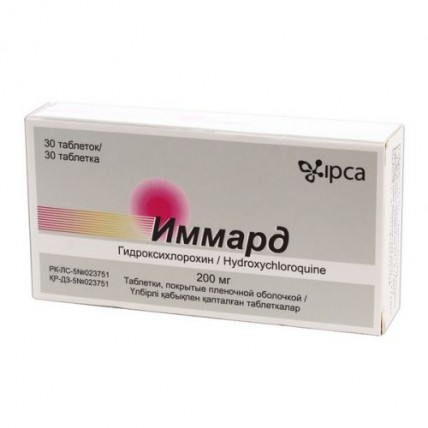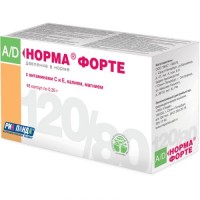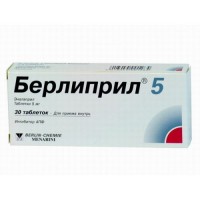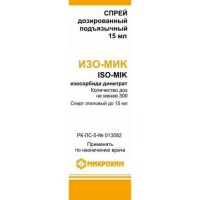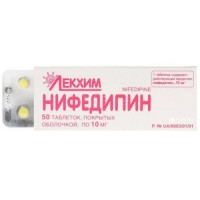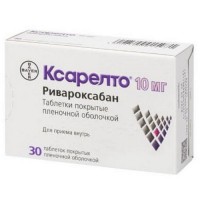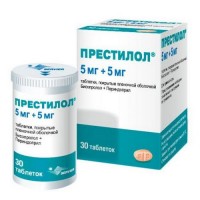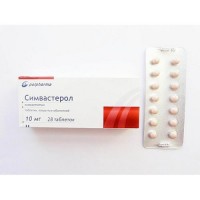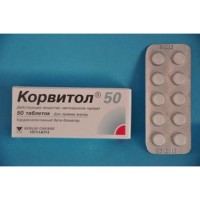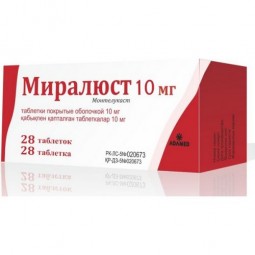Immard (Hydroxychloroquine) 200 mg, 30 tablets
- $31.90
Common brands: Plaquenil®, JAMP Hydroxychloroquine Sulf, APO-Hydroxyquine, MINT-Hydroxychloroquine, MYLAN-Hydroxychloroquine, Advaquenil, Axokine, Chloguin, Dimard, Dolquine, Duloc, Duroc, Ercoquin, Evoquin, Futarhomal, Geniquin, Haloxin, HCQS, Hequinel, Hydroquin, Hydroquine, Hyquin, Ilinol, Metirel, Oxcq, Oxiklorin, Planil, Plaquinol, Quinoric, Reconil, Reuquinol, Roquin, Supretic, Winflam, Yuma, Zyq
1 tablet contains Hydroxychloroquine Sulfate 200 mg
Rheumatoid arthritis; lupus erythematosus (systemic and discoid). Juvenile arthritis. Hypercalcemia associated with sarcoidosis.
Malaria: treatment of acute attacks and suppressive therapy of malaria caused by Plasmodium vivax, Plasmodium ovale and Plasmodium malariae (excluding extra-erythrocytic forms and hydroxychloroquine-resistant cases) and susceptible strains of Plasmodium falciparum (excluding hydroxychloroquine-resistant strains); radical treatment of malaria caused by susceptible strains of Plasmodium falciparum.
Use: Off-Label: Adult
Dermatomyositis, cutaneous disease; Porphyria cutanea tarda; Primary Sjögren syndrome (extraglandular manifestations); Q fever (Coxiella burnetii); Sarcoidosis, arthropathy; Sarcoidosis, cutaneous disease (extensive)
Inside, during meals or with a glass of milk. 200 mg of hydroxychloroquine sulfate is equivalent to 155 mg of hydroxychloroquine base.
Rheumatoid arthritis: the initial dose in adults is 400-600 mg / day, the maintenance dose is 200-400 mg / day. Juvenile arthritis: the dose should not exceed 6.5 mg / kg or 400 mg / day (the lowest dose is chosen).
Discoid and systemic lupus erythematosus: the initial dose for adults is 400-800 mg / day, the maintenance dose is 200-400 mg / day.
Photodermatosis: up to 400 mg / day.
Treatment should be limited to periods of maximum sun exposure.
Malaria: suppressive therapy in adults - 400 mg / day every 7 days;
in children (including infants), the weekly suppressive dose is 6.5 mg / kg, but regardless of body weight, it should not exceed the adult dose (400 mg).
If conditions allow, suppressive therapy is prescribed 2 weeks before exposure, otherwise, an initial double dose can be prescribed: 800 mg for adults and 12.9 mg / kg (but not exceeding 800 mg) for children, divided into 2 doses with an interval of 6 h. Suppressive therapy should be continued for 8 weeks after leaving the endemic area.
Hypersensitivity, pregnancy (may be used for "vital" indications), lactation, childhood (long-term therapy).
On the part of the musculoskeletal and nervous systems: myopathy or neuromyopathy, leading to increasing myasthenia gravis and atrophy of the proximal muscle groups; sensory disturbances, decreased tendon reflexes, abnormal nerve conduction, muscle weakness; headache, dizziness, nervousness, psychosis, emotional lability, convulsions, ataxia, irritability.
From the senses: tinnitus, hearing loss, photophobia, impaired visual acuity, impaired accommodation, edema and opacity of the cornea, scotoma; with prolonged use of large doses - retinopathy (including with pigmentation disorders and visual field defects), optic nerve atrophy, keratopathy, ciliary muscle dysfunction.
On the part of the CVS: CMP, AV blockade, decreased myocardial contractility, myocardial hypertrophy; with long-term therapy with large doses - myocardial dystrophy.
From the digestive system: nausea, vomiting (rarely), loss of appetite, abdominal pain of a spastic nature, diarrhea; hepatotoxicity (impaired liver function, liver failure).
Composition
1 tablet contains Hydroxychloroquine Sulfate 200 mg
Indications for use
Rheumatoid arthritis; lupus erythematosus (systemic and discoid). Juvenile arthritis. Hypercalcemia associated with sarcoidosis.
Malaria: treatment of acute attacks and suppressive therapy of malaria caused by Plasmodium vivax, Plasmodium ovale and Plasmodium malariae (excluding extra-erythrocytic forms and hydroxychloroquine-resistant cases) and susceptible strains of Plasmodium falciparum (excluding hydroxychloroquine-resistant strains); radical treatment of malaria caused by susceptible strains of Plasmodium falciparum.
Use: Off-Label: Adult
Dermatomyositis, cutaneous disease; Porphyria cutanea tarda; Primary Sjögren syndrome (extraglandular manifestations); Q fever (Coxiella burnetii); Sarcoidosis, arthropathy; Sarcoidosis, cutaneous disease (extensive)
Method of administration
Inside, during meals or with a glass of milk. 200 mg of hydroxychloroquine sulfate is equivalent to 155 mg of hydroxychloroquine base.
Rheumatoid arthritis: the initial dose in adults is 400-600 mg / day, the maintenance dose is 200-400 mg / day. Juvenile arthritis: the dose should not exceed 6.5 mg / kg or 400 mg / day (the lowest dose is chosen).
Discoid and systemic lupus erythematosus: the initial dose for adults is 400-800 mg / day, the maintenance dose is 200-400 mg / day.
Photodermatosis: up to 400 mg / day.
Treatment should be limited to periods of maximum sun exposure.
Malaria: suppressive therapy in adults - 400 mg / day every 7 days;
in children (including infants), the weekly suppressive dose is 6.5 mg / kg, but regardless of body weight, it should not exceed the adult dose (400 mg).
If conditions allow, suppressive therapy is prescribed 2 weeks before exposure, otherwise, an initial double dose can be prescribed: 800 mg for adults and 12.9 mg / kg (but not exceeding 800 mg) for children, divided into 2 doses with an interval of 6 h. Suppressive therapy should be continued for 8 weeks after leaving the endemic area.
Contraindications
Hypersensitivity, pregnancy (may be used for "vital" indications), lactation, childhood (long-term therapy).
Side effects
On the part of the musculoskeletal and nervous systems: myopathy or neuromyopathy, leading to increasing myasthenia gravis and atrophy of the proximal muscle groups; sensory disturbances, decreased tendon reflexes, abnormal nerve conduction, muscle weakness; headache, dizziness, nervousness, psychosis, emotional lability, convulsions, ataxia, irritability.
From the senses: tinnitus, hearing loss, photophobia, impaired visual acuity, impaired accommodation, edema and opacity of the cornea, scotoma; with prolonged use of large doses - retinopathy (including with pigmentation disorders and visual field defects), optic nerve atrophy, keratopathy, ciliary muscle dysfunction.
On the part of the CVS: CMP, AV blockade, decreased myocardial contractility, myocardial hypertrophy; with long-term therapy with large doses - myocardial dystrophy.
From the digestive system: nausea, vomiting (rarely), loss of appetite, abdominal pain of a spastic nature, diarrhea; hepatotoxicity (impaired liver function, liver failure).
